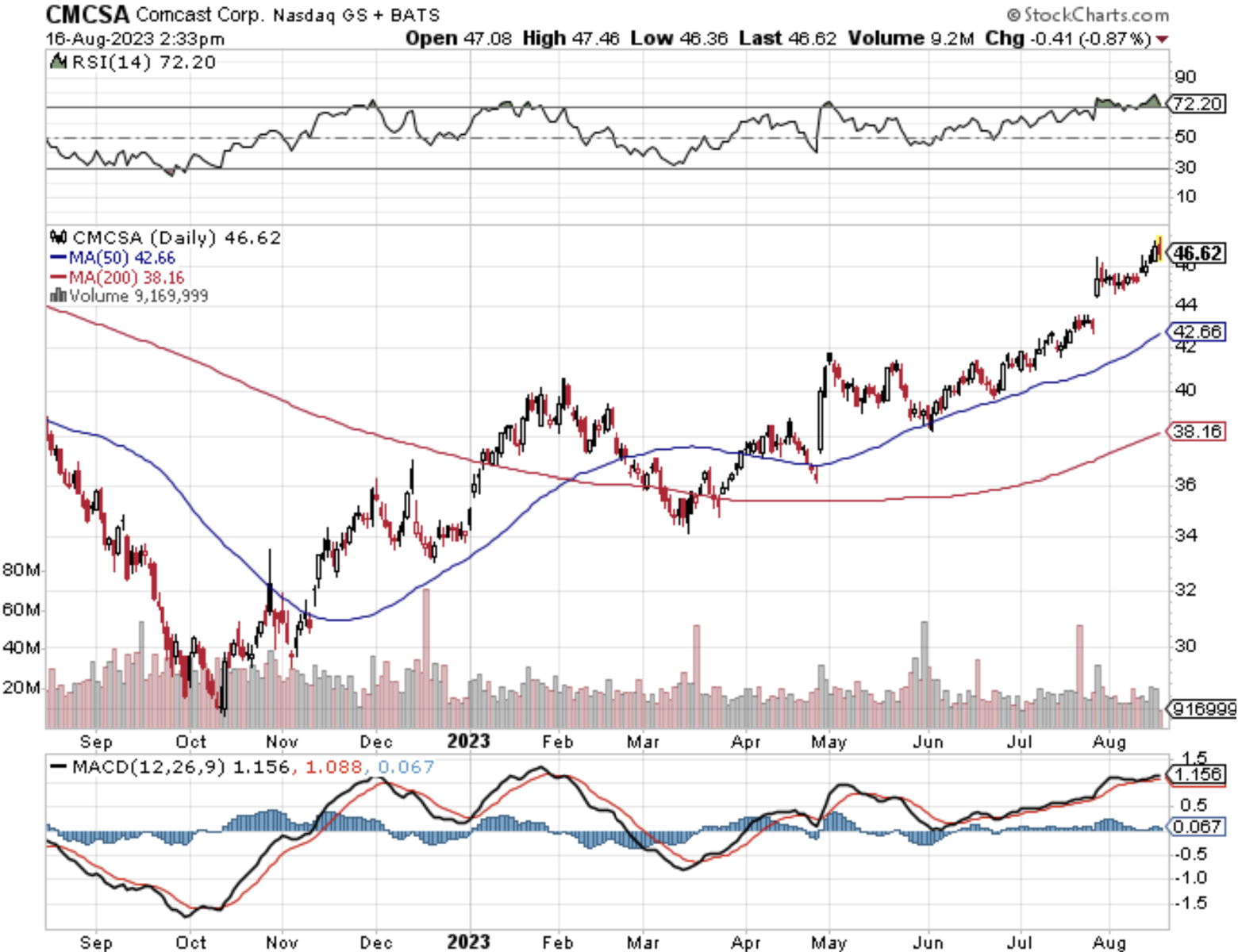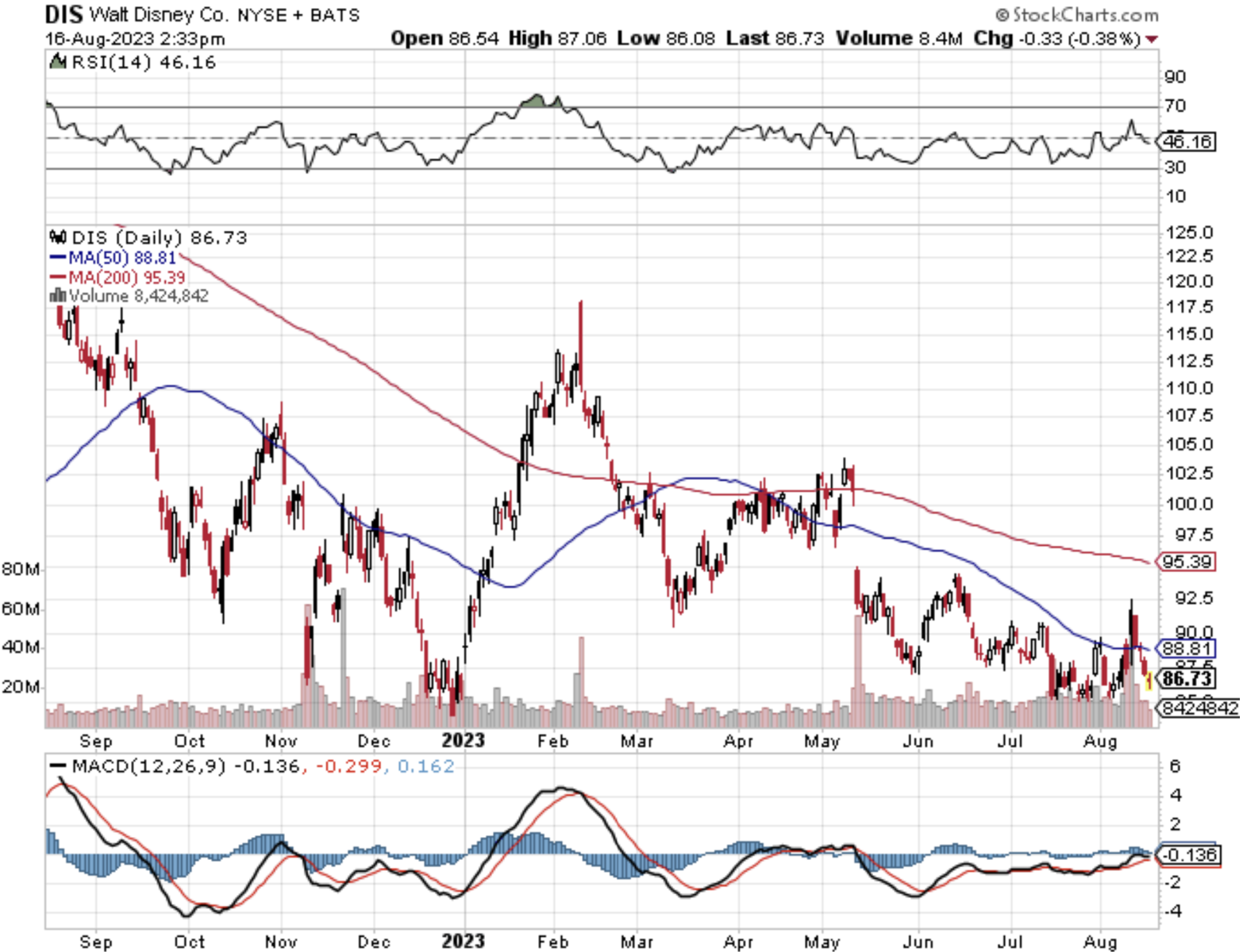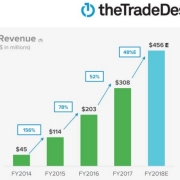Cord-cutting is going into overdrive as linear TV viewership has just fallen below 50% nationally in July for the first time.
Big changes are about to happen.
This has major ramifications for not only the tech sector but for the broader economy, society, and geopolitics.
We are here to talk about the tech and the sinking of linear TV does mean relative gains for online streamers.
Broadcast and cable each hit a new low of 20% and 29.6% of total TV usage, respectively, to combine for a linear television total of 49.6%.
Has the quality of linear TV channels soured in quality or what is the deal?
It could be a functional reason, as Baby Boomers are watching linear tv because they haven’t figured out the streaming thing yet.
The ease of flipping on the tv with a remote cannot be understated.
In the future, the result is that linear tv penetration will be down to 20% level in around 20 years.
The players that will begin advancing further center stage into the national consciousness are YouTube (GOOGL), Netflix (NFLX), and Amazon Prime Video (AMZN).
They saw month-over-month viewership increases of 5.6%, 4.2%, and 5%, respectively, in July.
Don’t expect a rebound, because linear tv is bleeding viewers reflecting how bad TV channels have become.
Ad revenue across our media network coverage fell 13% on average in Q2, down from -8% in 1Q, which included the Super Bowl.
That being said, certain streamers haven’t exactly cracked the code either, as Peacock, Disney+, Hulu, ESPN+, Paramount+, Max and Discovery+ were down by about 500,000 combined.
However, on the whole, subscriber growth was 8.5% year-over-year with highlights like Netflix adding 5.9 million subscribers in the second quarter.
Comcast's Peacock (CMCSA) was able to grow its subscriber base 84% year-over-year to 24 million, up from the prior 13 million, as the streamer works to catch up to its peers amid a significant lag.
Direct-to-consumer advertising (DTC) grew 27% on average across media companies including Disney (DIS), Comcast, Warner Bros. Discovery (WBD), and Paramount (PARA). That's double from the 13% growth posted in the first quarter.
Comcast is the farthest behind, as only 14% of its estimated revenues are expected to come from DTC in 2024 with the other 85% stemming from its linear networks. Disney is the farthest along, with DTC revenue expected to surpass linear network revenue for the first time in 2024.
As linear tv is headed to the dustbin of history, streaming is also getting more expensive.
Personally, that is what I have seen as many platforms are starting to push the $100 plus per month level.
Many might remember when streaming was $20-$40 per month.
Therefore, I am not surprised to see single-digit growth for streaming as high prices crimps demand.
It’s true that mass media is fracturing into different niches and communities and that isn’t so fantastic for big media corporations as it could mean higher costs and a smaller total addressable audience.
I still do believe there is growth in streaming but not at the elevated levels like the 20% or 30% range.
Customer acquisition will also become more difficult and expensive as people really need to be convinced to move platforms or online channels.
The golden age of streaming growth is over and now each inch will be fought tooth and nail by more competition.
In the short term, I believe a dip in CMCSA should be bought, as they are still driving users to the Peacock platform. NFLX is still worth a trade on the dip as well, but I would avoid DIS until they structurally upgrade the company.






